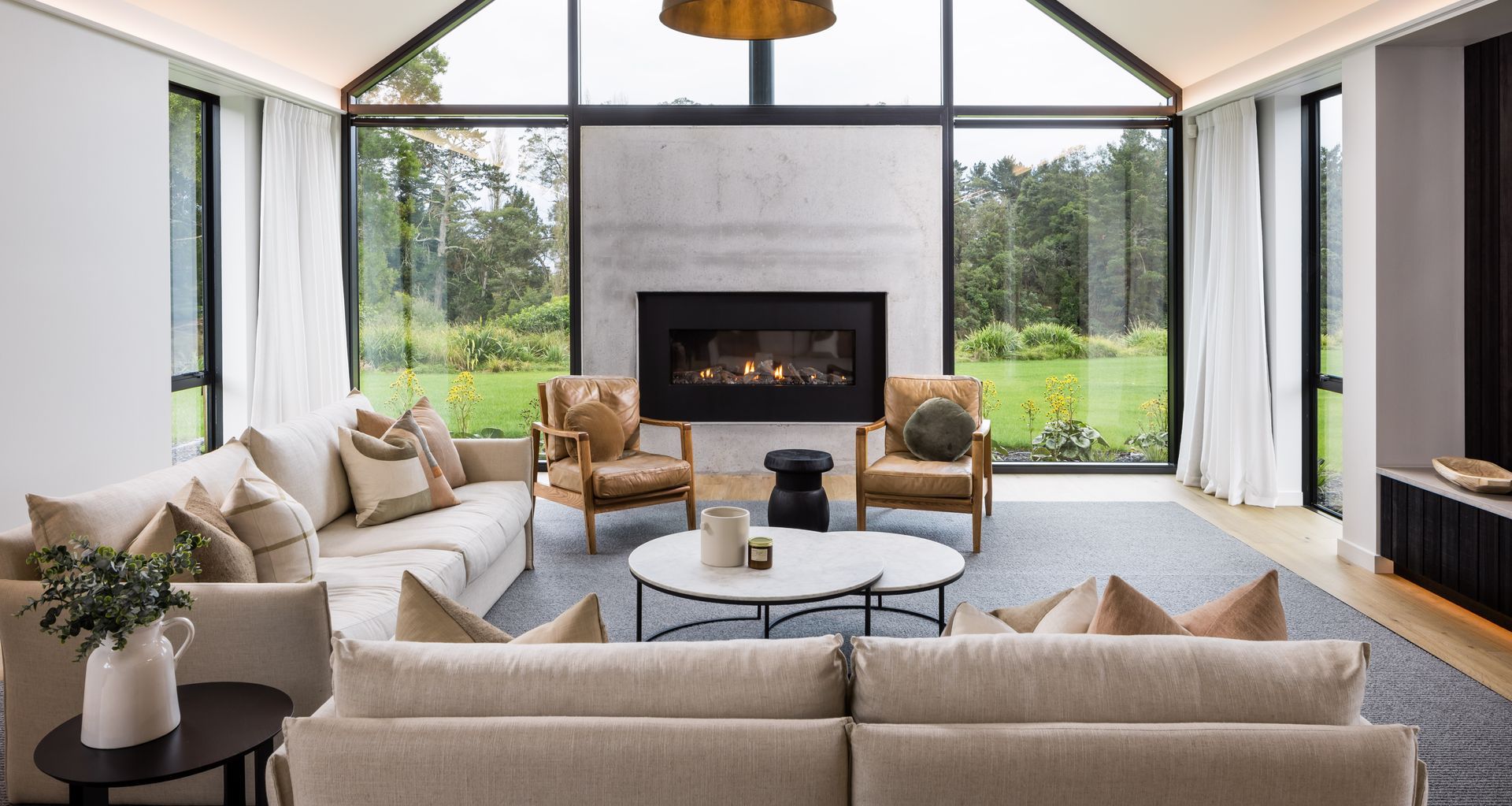Working with an interior designer: 10 top tips from an industry veteran
Written by
09 October 2023
•
5 min read

ArchiPro caught up with Paula Waterhouse, of Paula Waterhouse Design (PWD), for her top 10 tips to help clients decide which interior designer to engage for their project.
1. Experience
Paula says experience is crucial when it comes to choosing an interior designer.
"You learn a lot over the years about what will last, both in terms of taste and durability," she says. "It's been almost 30 years since I graduated from the Design Arts College in Christchurch. That's allowed me the time necessary to work in the kitchen design sector before moving the family home to the Waikato and starting PW Design, where I've further expanded my knowledge and expertise in all facets of interior and exterior product and colour specification, kitchen cabinetry design, and bathroom design.”
2. Do your research
The term ‘interior design’ is incredibly broad, and not all designers are created equal. Paula says some designers are mainly interested in colours, furniture and styling, while others, specialising in kitchens and bathrooms, are more technical and supply full sets of plans and specifications for builders and tradespeople, along with conducting site visits during key stages of the build.
“Talking to past clients and researching past projects and style is a great place to start,” she says. “Also, check they are qualified to deliver on all aspects of the brief, and ensure they have the time and resources to complete the project.”
3. Synergy
Selecting an interior designer who understands how your family lives is crucial.
“The key is to meet the designer first to see if they’re a good fit,” says Paula. “The right designer, with a strong aesthetic and understanding of what function means for your family, can work wonders.”

4. Cost
Paula says she prides herself on her ability to listen and understand her clients’ needs, with her extensive product knowledge and understanding of building practices allowing her to ensure projects run smoothly, eliminating time delays and budget blowouts.
“The right designer will nail the design right from the start, saving on costly mistakes that can stem from indecision or selecting incorrect materials,” she says. “Such designers require extensive product knowledge, and offer onsite visits throughout the project. That additional expertise and engagement means we charge at the higher end of the rate.”
5. Materials
Paula and her team aim to only show a client materials that both work and suit their lifestyle and tastes, making the selection process less overwhelming.
“By selecting the correct materials for how your family lives, we minimise stress and create a cohesive design that suits your lifestyle,” she says.
6. Diligence
The Paula Waterhouse Design process, from client brief and initial visit to installation and completion, is designed to be exhaustive rather than exhausting. The design creation and presentation phase includes costings and a design proposal to help identify product samples, colours and preliminary cabinetry and/or bathroom designs, which PWD uses to inform quotes and complete documentation. 3D renders are then produced, allowing clients to visualise each space. Another meeting follows, where clients confirm choices, quotes and layouts, at which time focus moves to ordering and tracking, before shifting again to design implementation, site visits and contractor communication.
“Once the project is underway we liaise with builders and attend site visits at key stages,” says Paula. “We then investigate furniture and soft furnishings; subtle touches that complement the design.”

7. Communication
Paula says it’s a priority to communicate the goals and expectations of clients with each professional working on the project.
“Each project also has a spec sheet, allowing clients and builders to log in at any stage for changes and updates,” she says.
She adds validating clients’ feedback is paramount in the facilitation of ongoing collaboration.
8. Sustainability
“Regular research and attending industry events are key in staying on the cutting edge of both design and environmental sustainability,” says Paula. “My work is inspired by timeless design practices and nature, so I’m thrilled to see more awareness around the environment and softer curves coming through in furniture, texture and raw materials that give a natural and authentic look. Upcycling furniture is a favourite, and dovetails nicely with interiors becoming more relaxed; combining old and new and minimising the use of white in favour of warm tones and natural elements.”

9. Blending trends with timelessness
Blindly following the latest fads can result in an interior that dates and diminishes a home. Paula says trends can be incorporated into a timeless design with decor accents that evolve with the times.
“Avoiding patterned wallpapers while utilising a neutral colour palette allows a client the ability to constantly consider a range of traditional and contemporary accents for updating their interiors,” she says. “I use natural products like wood, stone, concrete and linen because they are long-lasting and harmonise with the landscape.”
10. Innovation
Paula sees artificial intelligence becoming a regular tool in interior design, but ultimately says AI will enhance, rather than replace, the best interior designers.
"AI is going to be a big player, but I believe higher-end clients will still require an expert to achieve bespoke designs that are less derivative and contrived, and subtle solutions to problems," says Paula. "Clients will be able to upload rooms and add colours, and there will be more realistic 3D rendering to help clients visualise designs, but these will be 'cookie cutter' by design. Ultimately the best results will be achieved by professionals uniquely qualified to consider and utilise these new tools."